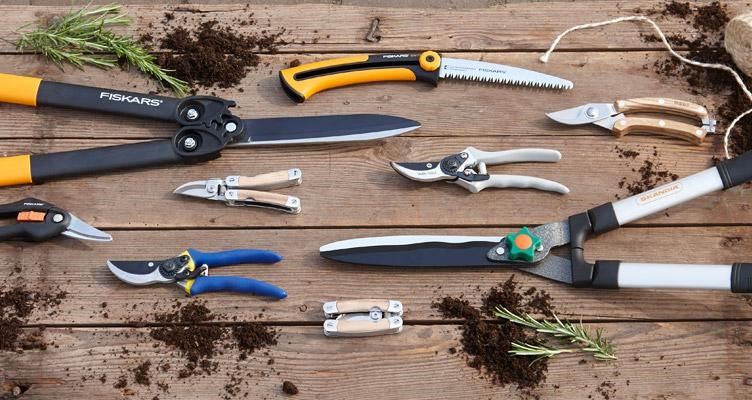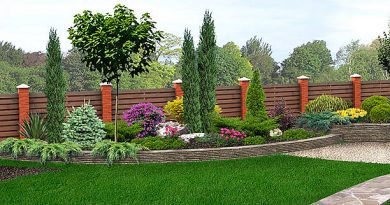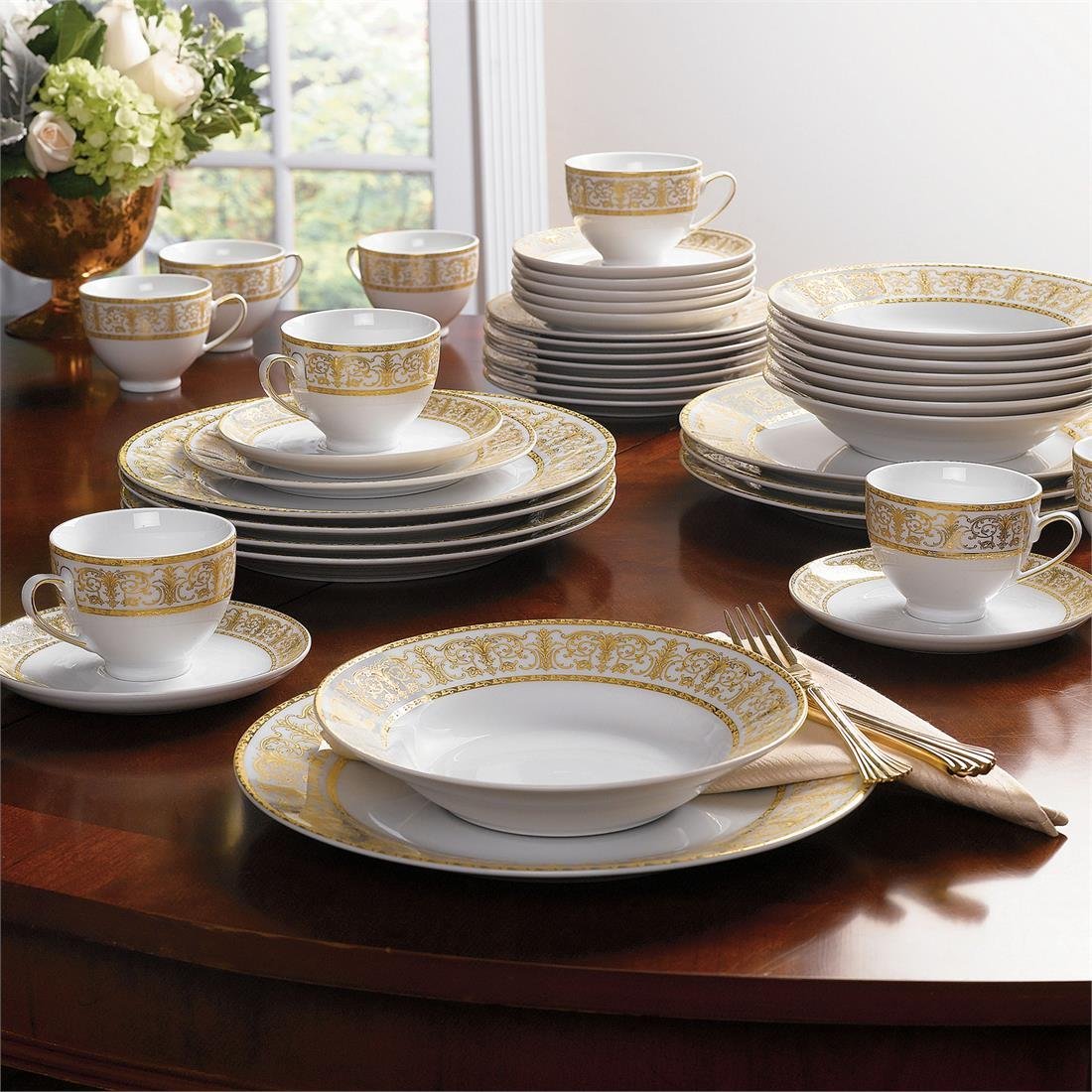Know These Dos and Dons to Help You Prune Like a Pro
Pruning essentially requires a good deal of knowing how to approach the entire venture with a clear set of objectives. If you’re serious about maintaining the optimum growth and health of your trees, you should understand that there are specific correct ways of pruning. Simply cutting down the dead branches is not enough by any measure.
There are certain Dos and Dons that you should strictly follow during the entire process of pruning if you want to harness its optimum benefits. Any wrong move on your part can set off a chain reaction that can ultimately compromise the entire integrity of the tree.
For ensuring the best pruning results, it is always a wise step to consider seeking professional Tree Removal Sydney Arborist advice and services. These services can help you understand the technique of pruning in the most detailed fashion possible.
Here are some of the essential Dos and Dons to keep in mind while venturing out to prune your backyard or garden trees to help you ensure its optimum benefits.
Dos:
- Equipping the right tools
The most fundamental aspect of pruning, but again, the most overlooked factor as well. Getting the right tools for the job is the first step in ensuring a proper pruning process. First, the pruning shears – depending on the thickness and the height of the branches you want to cut, there are different types of shears you can find in the market.
Secondly, the other lists of pruning equipment include safety tools such as helmet, protective glass, and safety hand gloves. All these equipment go a long to ensure yourself a safety pruning process.
- Analyze the tree first
Before you can simply start removing the unnecessary tree branches, it is vital for you to get a better overview of the tree and understand the location of different branches. This will help you to avoid any unforeseen accidents due to weak branches.
- Remove the suckers
Suckers are the inferior branches or the sub-category of branches that produces weak saplings or products. They usually occur at the base of the tree and form a separate sub-branch that differs from the ordinary branches in terms of appearance and producing inferior fruits as well. Unless your tree has a decorative purpose, it is not recommended to keep the suckers attached to the tree as they utilize a vast proportion of useful nutrients.
Dons:
- Cutting in excess
One of the things you should never do is removing the branches in excess to what is actually required. For instance, it is not recommended to remove more than 20% of the total amount of live wood percentage in a matured tree in one year. Exceeding that limit disqualifies your method under pruning procedure and can also cause harm to your tree’s health.
- Leave a stub
A V-shaped structure formed as a result of pruning is called a stub. Leaving a significant stub structure can cause serious harm to your tree as it leaves an open wound for insects and other foreign pests to creep in and infect the branch. A stub can act as a means to spread the contamination to other nearby branches as well.
- Do not over-thin out the tree
Thinning is the process of removing excess branches in order to permit maximum light penetration. This aids the tree to grow better and also creates a more airy environment beneath the thick tree. However, over-thinning can produce the exact contradicting result. Over-thinning your tree can degrade the health of the tree and also make it vulnerable against any windy situations.




